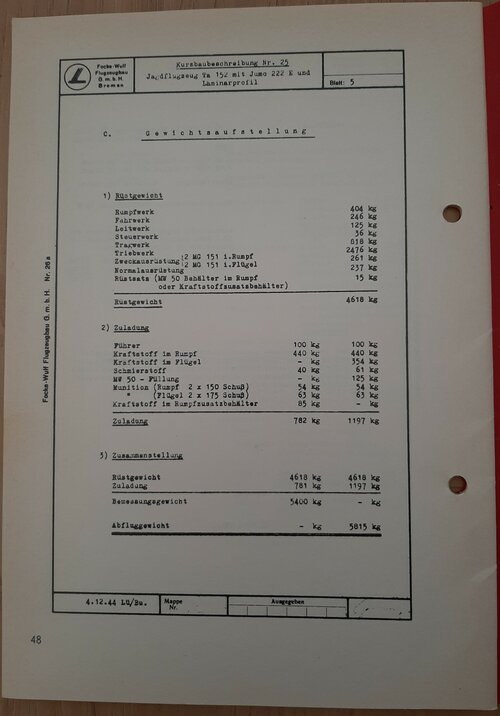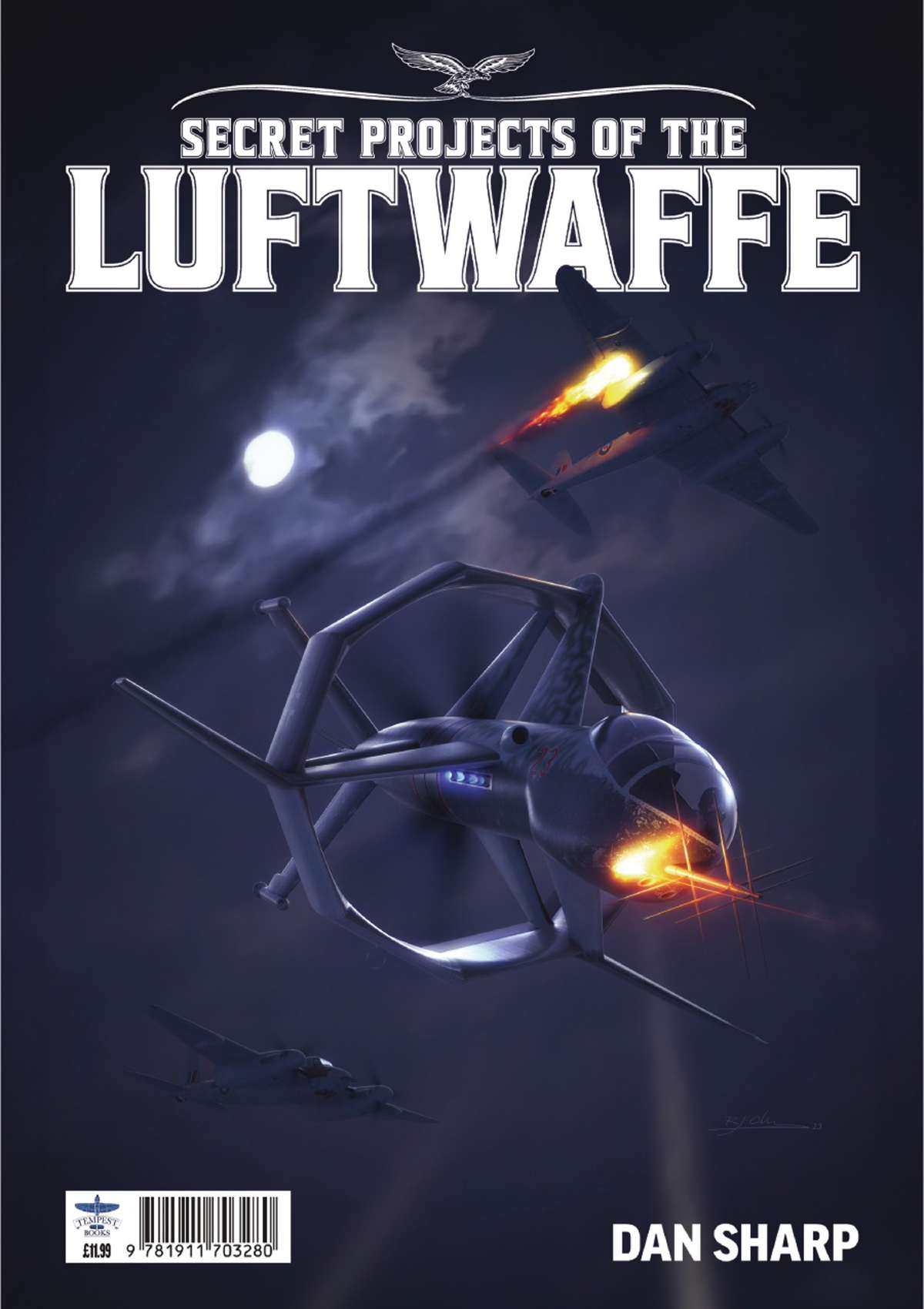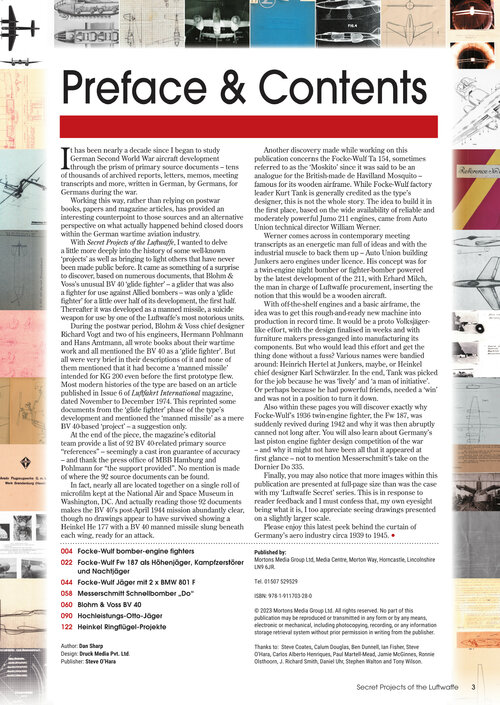- Joined
- 11 June 2014
- Messages
- 1,333
- Reaction score
- 1,780
My latest publication is almost ready to print and is available for pre-orders here:
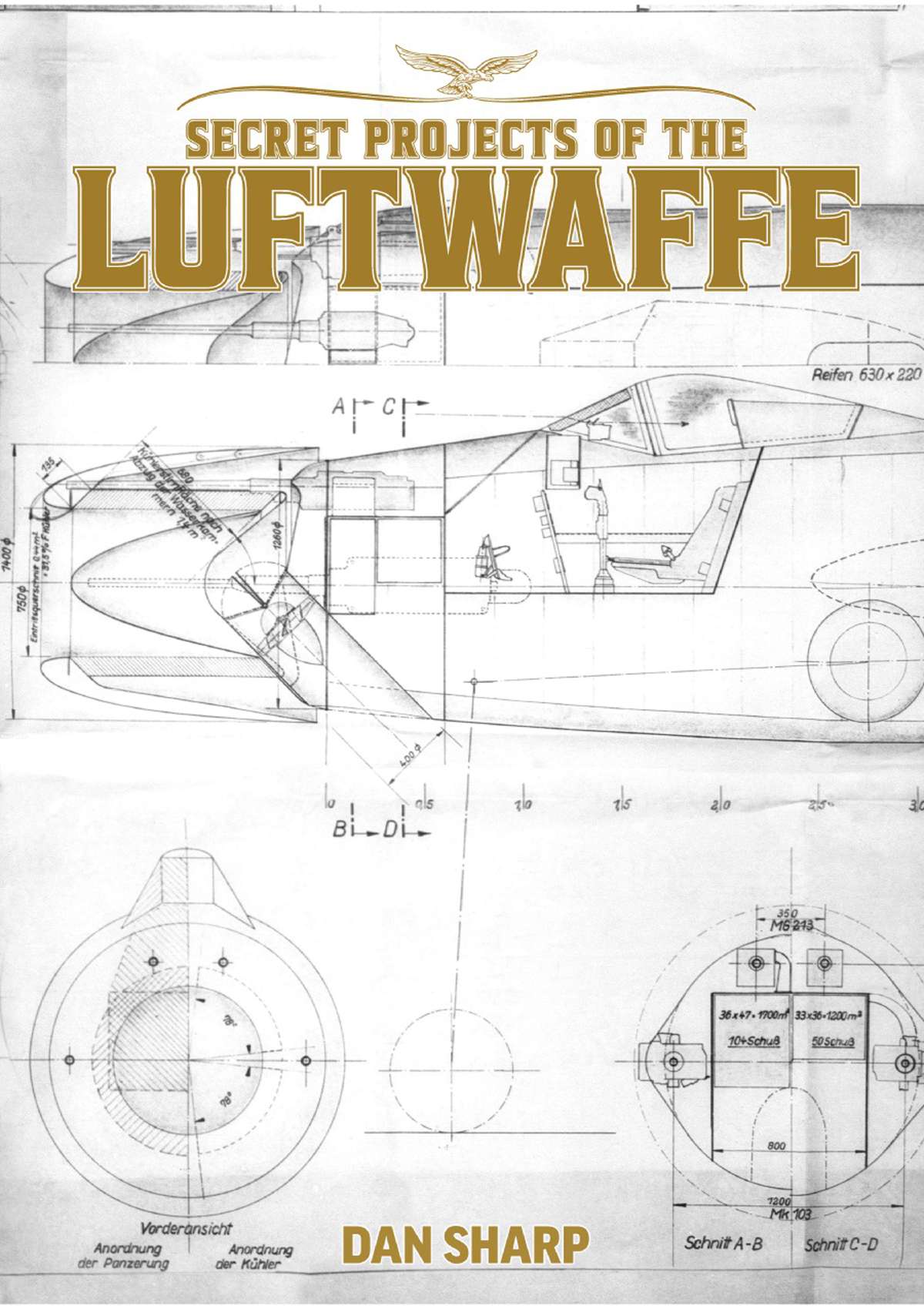
 www.mortonsbooks.co.uk
www.mortonsbooks.co.uk
SECRET PROJECTS OF THE LUFTWAFFE
Dan Sharp
132 pages
Softback
£11.99 (p&p free in the UK, I believe)
Two editions will be available - the regular one (cover not yet ready) and the limited edition one pictured here. 500 copies of the latter will be printed, with shiny gold foil on the front, and signed by me.
Here's the back cover blurb:
Hundreds of thousands of classified documents were captured from Germany’s aircraft manufacturers and aviation ministry at the end of the Second World War, including details of ‘secret project’ aircraft designs created by firms such as Focke-Wulf, Messerschmitt, Heinkel, Dornier and Blohm & Voss.
Ongoing new research in archives around the world has revealed many previously unknown plans and proposals for aircraft that were radical, revolutionary or just plain weird.
In this latest volume in his series on German wartime aircraft development, author Dan Sharp reveals a wealth of new discoveries – including never-before-seen drawings and designs.
Secret Projects of the Luftwaffe examines Focke-Wulf’s designs for enormous fighters built around bomber engines, aviation minister Erhard Milch’s unusual rival to the Heinkel He 219 and Messerschmitt’s alternative version of the push-pull twin engine Dornier Do 335. Also revealed are the long-buried secret history of the Blohm & Voss BV 40’s repurposing as a suicide bomber, how an American-born car designer came up with the idea for Focke-Wulf’s Ta 154 night fighter and the competition that would see Focke-Wulf, Dornier and Blohm & Voss go head-to-head with plans to design the Luftwaffe’s last all-new piston engine fighter in 1944-45.
Hundreds of original and previously unseen documents have been used to compile this unrivalled look at some of Germany’s least-known Second World War project designs, featuring a host of period drawings and illustrations.


SECRET PROJECTS OF THE LUFTWAFFE - LIMITED EDITION | Mortons Books
Bookazine: Secret Projects of the Luftwaffe - Limited Edition
SECRET PROJECTS OF THE LUFTWAFFE
Dan Sharp
132 pages
Softback
£11.99 (p&p free in the UK, I believe)
Two editions will be available - the regular one (cover not yet ready) and the limited edition one pictured here. 500 copies of the latter will be printed, with shiny gold foil on the front, and signed by me.
Here's the back cover blurb:
Hundreds of thousands of classified documents were captured from Germany’s aircraft manufacturers and aviation ministry at the end of the Second World War, including details of ‘secret project’ aircraft designs created by firms such as Focke-Wulf, Messerschmitt, Heinkel, Dornier and Blohm & Voss.
Ongoing new research in archives around the world has revealed many previously unknown plans and proposals for aircraft that were radical, revolutionary or just plain weird.
In this latest volume in his series on German wartime aircraft development, author Dan Sharp reveals a wealth of new discoveries – including never-before-seen drawings and designs.
Secret Projects of the Luftwaffe examines Focke-Wulf’s designs for enormous fighters built around bomber engines, aviation minister Erhard Milch’s unusual rival to the Heinkel He 219 and Messerschmitt’s alternative version of the push-pull twin engine Dornier Do 335. Also revealed are the long-buried secret history of the Blohm & Voss BV 40’s repurposing as a suicide bomber, how an American-born car designer came up with the idea for Focke-Wulf’s Ta 154 night fighter and the competition that would see Focke-Wulf, Dornier and Blohm & Voss go head-to-head with plans to design the Luftwaffe’s last all-new piston engine fighter in 1944-45.
Hundreds of original and previously unseen documents have been used to compile this unrivalled look at some of Germany’s least-known Second World War project designs, featuring a host of period drawings and illustrations.
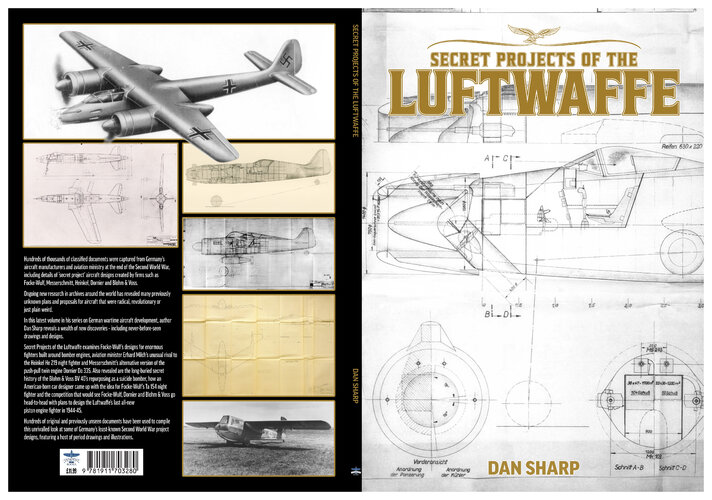
Last edited:

